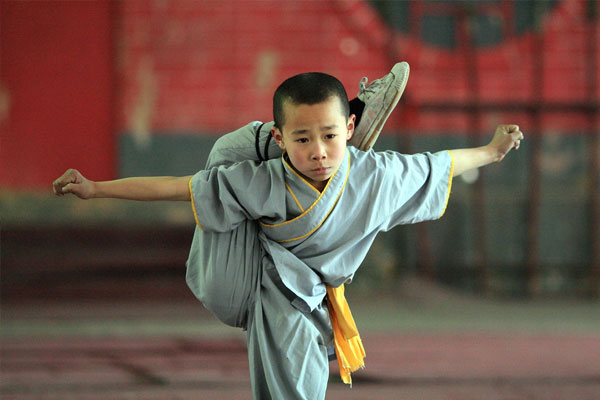Martial Arts Near Me
Kung Fu
Kung Fu, an ancient Chinese martial art, has a rich history that spans centuries. Its techniques embody the essence of discipline, strength, and self-defense. From its humble origins to its modern-day status, Kung Fu continues to captivate practitioners and enthusiasts worldwide.
Rooted in the depths of Chinese civilization, Kung Fu emerged over 4,000 years ago as a means of survival, defense, and warfare. Legend has it that it was inspired by observing the movements of animals in nature. This observation led to the development of various styles that imitate animal forms, such as the Crane, Tiger, Snake, and Dragon.
Central to Kung Fu is the idea of harmonizing body, mind, and spirit. It emphasizes a balance between physical training and mental discipline. Practitioners learn to cultivate their inner strength while mastering a wide array of techniques that encompass striking, kicking, throwing, grappling, and joint locks.

Throughout history, Kung Fu has been influenced by multiple factors, including regional diversity, philosophical teachings, and even political dynamics. Different regions in China developed their own unique styles, each characterized by distinct movements, philosophies, and training methods. Examples include the Shaolin Temple, Wudang, Wing Chun, and Tai Chi.
Among the most famous schools of Kung Fu is the Shaolin Temple, renowned for its rigorous training and spiritual focus. Shaolin monks, devoted to both Buddhism and Kung Fu, have become legendary for their extraordinary physical abilities and unwavering discipline. They have inspired countless practitioners and represent the epitome of Kung Fu mastery.
The techniques of Kung Fu are as formidable as they are diverse. Strikes, known as "fists," utilize various parts of the body, such as the knuckles, elbows, and open hands. High kicks and low sweeps showcase the art's dynamic legwork. Throws and joint locks exploit an opponent's balance and manipulate their limbs, while grappling techniques enable control and submission.
What sets Kung Fu apart is its emphasis on internal martial arts. These focus on cultivating internal energy (Qi) and applying it effectively in combat. Practitioners learn to harness their breath, align their posture, and move with fluidity and intent. Internal martial arts, like Tai Chi and Baguazhang, emphasize the flow of energy and the utilization of circular movements.
Over time, Kung Fu has evolved and adapted to meet the needs of modern society. While traditional training remains alive and well, there has been a proliferation of contemporary Kung Fu styles that cater to different interests and goals. The fusion of Kung Fu with other martial arts, such as Kickboxing or Brazilian Jiu-Jitsu, has given rise to mixed martial arts (MMA), where fighters can utilize a variety of techniques from different disciplines.
Kung Fu's modern status extends far beyond physical combat. It has become a popular form of exercise and self-improvement, attracting practitioners from diverse backgrounds. Its health benefits, including increased flexibility, improved coordination, and reduced stress, have made it an attractive choice for those seeking a holistic approach to fitness.
Moreover, Kung Fu's cultural significance cannot be underestimated. It has been immortalized in numerous films and literature, introducing the art to audiences worldwide. Famous Kung Fu movies, such as "Enter the Dragon" and "Crouching Tiger, Hidden Dragon," have captivated audiences with their awe-inspiring fight sequences and philosophical undertones.
In contemporary society, Kung Fu has also found its way into popular culture outside of China. The rise of martial arts cinema has sparked a global interest in Kung Fu, resulting in the establishment of schools and academies dedicated to its practice. People from all walks of life, regardless of age or gender, have taken up Kung Fu to cultivate physical health, mental resilience, and personal growth.
Kung Fu's history and techniques have shaped it into a martial art of immense significance. From its ancient origins to its modern-day status, Kung Fu continues to inspire and captivate practitioners around the world. Whether it is preserving centuries-old traditions, evolving to meet contemporary needs, or capturing the hearts of audiences through movies, Kung Fu endures as a symbol of strength, discipline, and cultural heritage.